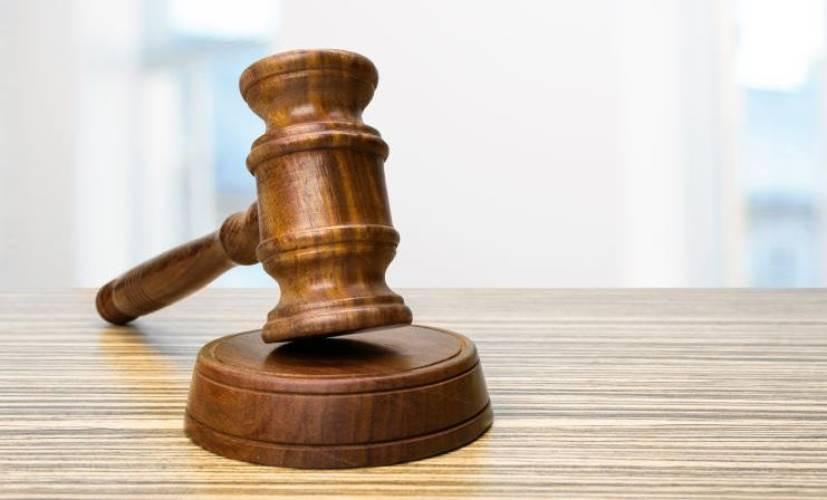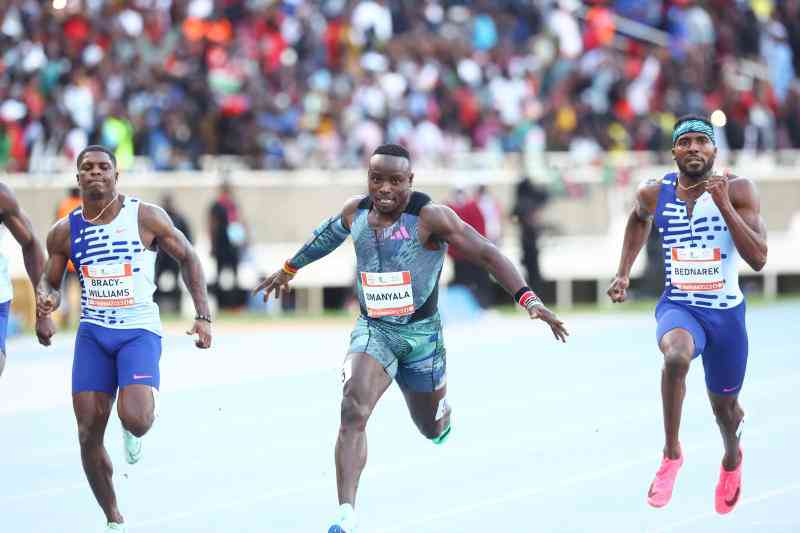Njoki Karuoya
Almost everyone is talking excitedly about this Friday, and the momentous occasion celebrating the promulgation of the new Constitution.
The excitement is in the air from fully knowing we shall all be taking part in history, whether we voted ‘Yes’ or ‘No’ at the referendum.
This is the Second Liberation — as many of us call it — and the numerous documentaries being published or broadcast mainly feature the founding President, his colleagues and peers who fought for independence; and the second group of liberators who began the quest for a new Constitution.
But no one is talking about the more than 1,300 Kenyans who were brutally murdered during the post-election violence. These are the people whose blood was shed to get us to where we are right now — on the verge of history.
Who are these people? What are their names? What is their background? Where did they come from?
Who are their families? What were they doing when they met their death for the sake of Kenya? Why don’t we know them or see their faces? Were their lives that insignificant?
Unmarked graves
Some are still buried in unmarked graves and pit latrines. Why? Weren’t they important to anybody? Didn’t they have families, relatives and friends?
Why are we only remembering politicians and other influential personalities? Are these the only people who matter when it comes to the liberation of Kenya?
Don’t get me wrong. I’m not saying the Kenyattas, the Mois, the Rubias, the Matibas, the Shikukus, the Wamalwas, the Ngilus and the Odingas didn’t do their bit for freedom, but surely they are not the only ones.
Yes, they spoke on podiums and moved the masses, but truly, it is only because of the blood of the poor that we have been able to rise from the ashes and retreat from the brink of disaster.
The images of Raila Odinga, Anyang Nyongo, William Ruto, James Orengo, Martha Karua, Charity Ngilu and the rest of the PNU and ODM brigade may have caused some national concern, but what moved us all and calmed us down was seeing the raw anger, crude violence, wanton destruction and death.
That is what tugged at the hearts of Kenyans, what shocked us into reality and forced us to pause and rethink our nationalism — at the expense of the 1,300 or so lives that we know of.
During the post-election era, lives were also lost from pneumonia, strokes, heart attacks, gangrene and other related diseases from living out in the cold for days. Women and girls were viciously raped while hundreds of other Kenyans were maimed and continue to live today with those injuries and scars.
Stay informed. Subscribe to our newsletter
The ‘Yes’ team and the country’s leadership may wish to take credit for the victory of the new Constitution, but the real truth is that the memories of those few dark months in 2008 moved people to vote peacefully and to stamp their approval on a document many had not yet read, just so the process and the increasing acrimony between the two divides that were growing tension between communities could end.
Bbloodshed
The images of destruction and bloodshed also moved the international community to compel Kenya’s leadership to design a reconciliation and reform calendar, with specific timelines, to steer this country back from disaster to political, economic and socio-cultural development.
The lessons learnt from that dark period have also encouraged Kenyans to tread with caution, especially where tribal slurs are used by leaders to manipulate and influence the thoughts of communities against each other.
That is why we, as a nation, have a responsibility to remember all Kenya’s fallen, unsung heroes.
Yes, let us celebrate on Friday as we usher in a new era, but let us not forget the people who died for this day to be realised, otherwise as a nation, we will be committing a grave injustice to them and their families by intimating that their lives, and deaths, meant nothing.
 The Standard Group Plc is a
multi-media organization with investments in media platforms spanning newspaper
print operations, television, radio broadcasting, digital and online services. The
Standard Group is recognized as a leading multi-media house in Kenya with a key
influence in matters of national and international interest.
The Standard Group Plc is a
multi-media organization with investments in media platforms spanning newspaper
print operations, television, radio broadcasting, digital and online services. The
Standard Group is recognized as a leading multi-media house in Kenya with a key
influence in matters of national and international interest.
 The Standard Group Plc is a
multi-media organization with investments in media platforms spanning newspaper
print operations, television, radio broadcasting, digital and online services. The
Standard Group is recognized as a leading multi-media house in Kenya with a key
influence in matters of national and international interest.
The Standard Group Plc is a
multi-media organization with investments in media platforms spanning newspaper
print operations, television, radio broadcasting, digital and online services. The
Standard Group is recognized as a leading multi-media house in Kenya with a key
influence in matters of national and international interest.








